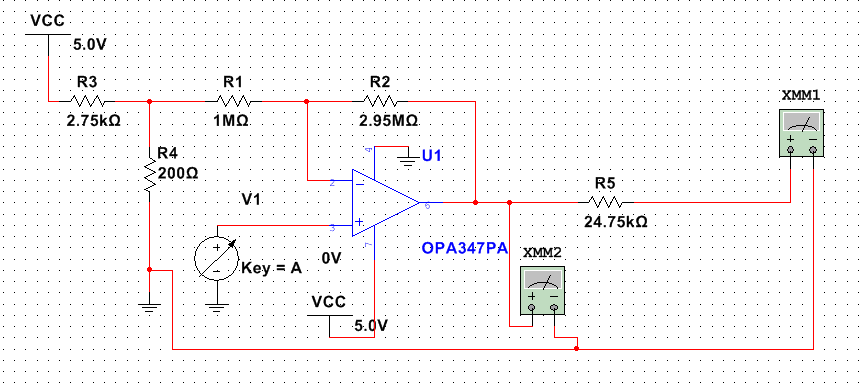I am trying to wire LM35 output to XTR117. What I am trying to do is to generate 4-20mA current. 4mA for minimum 25 Degree C and 20mA for 80 Degree C of temperature. The respective output of LM35 would be 250mV and 800mV on which I have applied gain of 5 by using a single supply opamp. So the voltages would be 1250mV and 4000mV which is sufficient for full scale recommendation. Now , how to make sure minimum 40uA at 25 Degree C at amplified input of 1250mV and 200uA at 80 Degree C amplified to 4000mV after input offset given in Figure 2 of datasheet of XTR117. If I need to skip input offset using Vreg output then how to scale the inputs accordingly ?
-
Ask a related question
What is a related question?A related question is a question created from another question. When the related question is created, it will be automatically linked to the original question.


